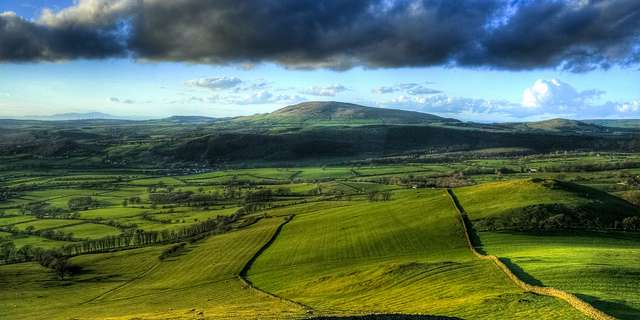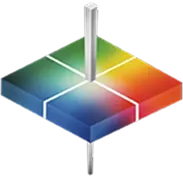
Next time the grass looks greener on your neighbor’s side of the fence, ask if he is adjusting his lawn fertilizer applications based on spectrophotometer color measurements. Odds are, he’ll just tell you to get off his lawn. But if he, too, is a commercial turfgrass grower, his answer might be different.
Several studies1 have shown a direct correlation between the chlorophyll concentration (and thus, color) of turfgrass and the nitrogen fertilizers that you use to feed it. But commercial growers also face continual pressure to conserve water and minimize artificial fertilization. So while it might be impractical for a single homeowner to fine-tune his lawn maintenance via optical measurements, turfgrass growers can use these methods to limit environmental impact, reduce growing costs—and produce healthy, aesthetically pleasing turfgrass.
Chlorophyll and Nitrogen Fertilizer
Nitrogen-based fertilizers are widely used across to produce brightly colored, healthy grasses. The problem, of course, is that if you use too much fertilizer, it can contaminate both surface and groundwater2, which means that you must carefully control the amount and application during growing operations. Excess nitrogen can affect aquifers thousands of miles from the fertilization source3, creating serious enough environmental concerns that the EPA is currently addressing nutrient runoff at a national level4.
That means commercial growers are stuck trying to find a balance between enough fertilizer to satisfy customers, and so much fertilizer that you inadvertently contaminate water sources. Many operations strike this balance by applying fertilizer according to set schedules and general perceptions of turf quality. But if quality appears poor or fertilization schedules are out of sync with growing conditions, you risk over-fertilizing, increasing both operating costs and environmental risks. And because cycles of over- and under-fertilization can quickly spiral out of control, a more targeted approach is something of a Holy Grail within the industry.
Spectrophotometry and Turfgrass Growth
Turfgrass leaf blades will absorb and reflect different wavelengths of light as a function of their health, so attempts have been made to measure this color with spectrophotometers. However, earlier generations of spectrophotometers relied on natural sunlight as an illumination source. Variations in sunlight from hour to hour and with changing atmospheric conditions (whether clouds or rain) impaired the reliability of measurements and made it virtually impossible to establish a database of control readings.

Modern spectrophotometers are able to take shifting natural light sources into account. Image credit: Flickr user sagesolar (CC BY 2.0)



